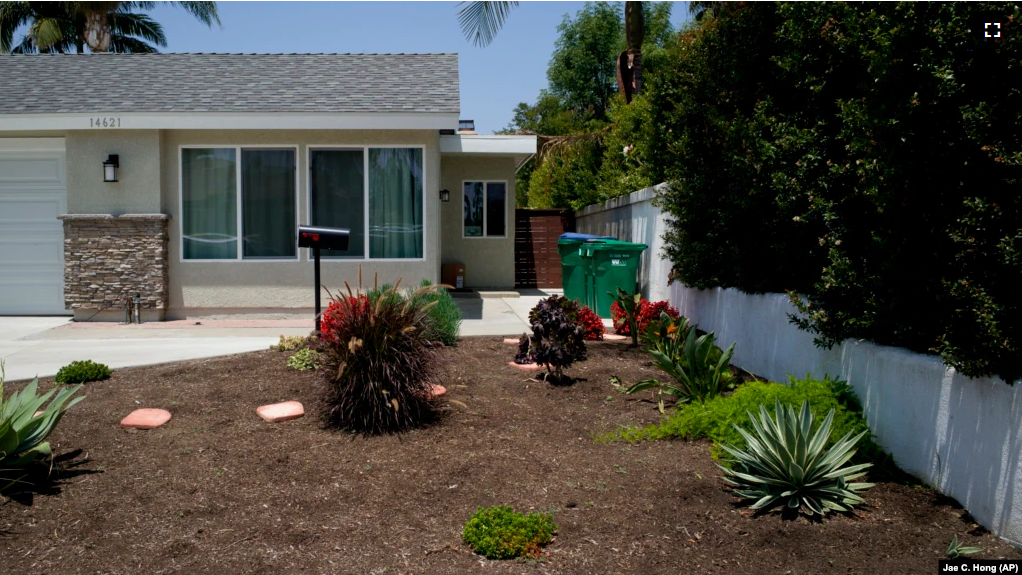Many people try to save water just to do the right thing. But when a serious drought hits, state and local governments enforce restrictions. Saving water then becomes non-negotiable.
So far this summer, nearly 65 percent of the United States is experiencing “abnormally dry” weather, the U.S. Drought Monitor reports. Almost 43 percent of those areas are dealing with “moderate” drought. And nearly 47 percent are dealing with “severe,” “extreme,” or “exceptional” drought.
That means more than 109 million people are living under drought conditions. And a lot of them have plants or yards to worry about.
Jessica Damiano with the Associated Press has these suggestions for how to keep your garden healthy during periods of dry weather.
Choosing which plants to water
If you are gardening under water restrictions, decide which plants need water the most. Newly planted trees and shrubs are high on the priority list. They require regular watering until their roots become established. That process can take a full year.
Older trees — especially fruit, nut, ornamental, and even evergreens — can suffer during drought as well.
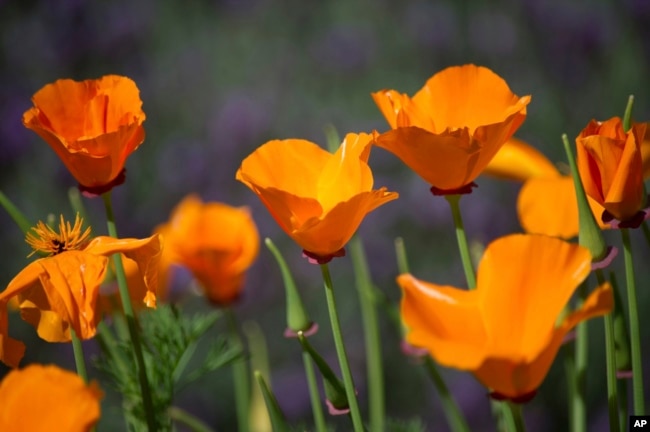
Perennial flowers are those that return year after year. They should be next on the list, along with vegetables in their flowering and fruiting periods.
Melons and squash have deep roots. They can usually get by with less water than crops like corn, which have shallow roots.
Low on the list of priorities should be annuals — plants that only live for one growing season. Others include crops with high water needs, like beans, cabbage, cauliflower, celery, lettuce, and radishes, as well as plants growing in pots. None will likely survive with the little water that can be offered under forced restrictions.
Watering effectively
Most plants require an average of 2 to 4 centimeters of water each week under normal conditions. That need could increase, however, during periods of extreme heat, when the soil dries out more quickly.
Do not offer your plants their weekly water needs all at once. Divide it over two or three times per week.
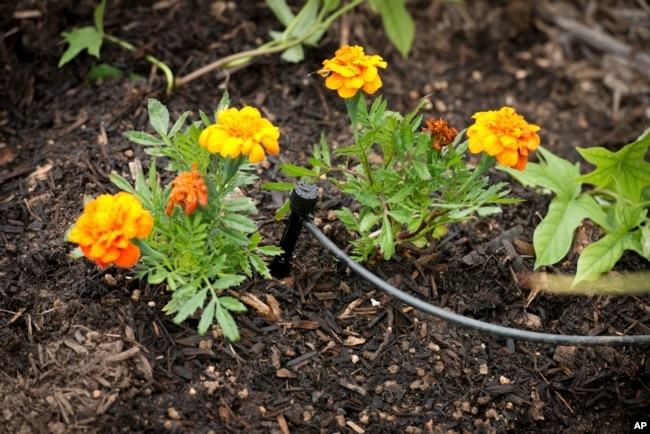
Use deeper, less-frequent watering instead of daily sprinkles. That can be wasteful and ineffective at getting the roots really wet. Watering deeply also establishes stronger, deeper roots that are better able to support plants when surface water becomes less available.
Avoid using overhead sprinklers. They wet the leaves and other areas instead of directing water to plant roots. Instead, place watering devices on the soil directly over roots. Watering cans and hand-held hoses aimed at the soil work, too.
Avoid watering midday when moisture is likely to evaporate before reaching roots.
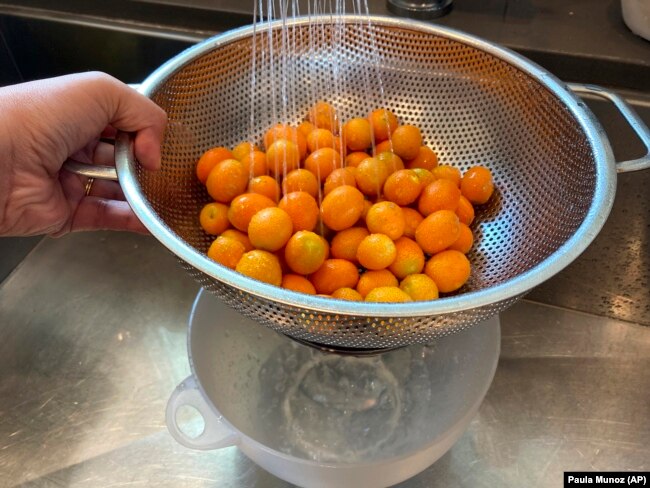
Consider using recycled household water, also called gray water, to water plants. Unsalted water left over from boiling eggs or vegetables provides extra nutrients. Dish and bath water that is not too soapy will not harm ornamental plants. And water captured while rinsing fruits and vegetables can be used around the garden.
Other suggestions for dry weather gardening
Keep beds and borders free of weeds. Weeds compete with your plants for water and nutrients.
A 7.5-centimeter layer of bark mulch, wood chips, or gravel around plants will help prevent weed seeds from taking hold. This layer will help keep the soil cool and moist.
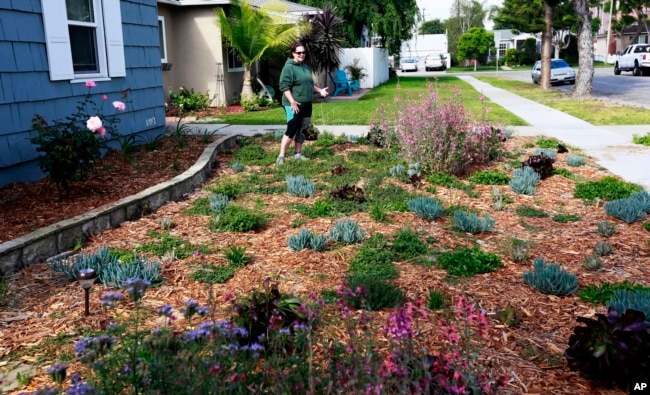
Avoid fertilizing plants during drought. Fertilizers cause fast growth, which increases the need for water. And avoid using weed killers. These can move to other areas in hot weather and are less effective in high temperatures.
Do not plant anything new. And avoid cutting plants, which increases their water needs.
In the future, consider replacing the lawn with native groundcovers. Use large amounts of compost in beds and planting holes to improve water retention. Take note of the sun requirements of each of your plants. And use more native plants.
I’m Anna Matteo.
Jessica Damiano reported on this story for the Associated Press. Jonathan Evans adapted this story for Learning English.
_________________________________________________________________
Words in This Story
garden – n. a piece of ground in which fruits, flowers, or vegetables are grown
drought – n. a long period of time during which there is very little or no rain
priority – n. a condition of being more important than other things
shallow – adj. having little depth
sprinkle – n. a light rain
recycled – v. to process (as paper, glass, or cans) in order to regain or reuse materials
hose – n. a flexible tube for carrying fluid
moist – adj. slightly wet
retention – n. : the act of continuing to possess, control, or hold : the power or ability to keep or hold something
